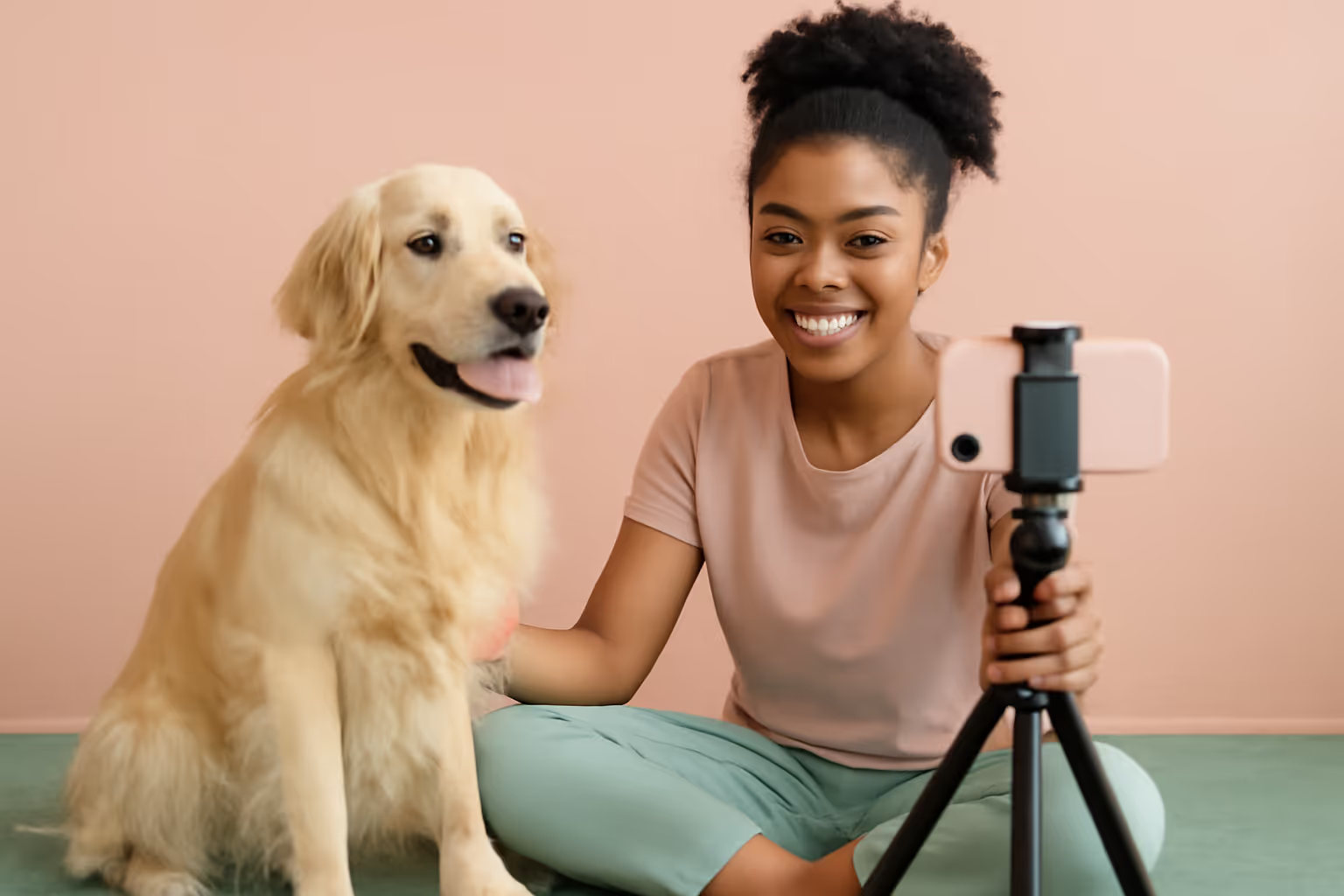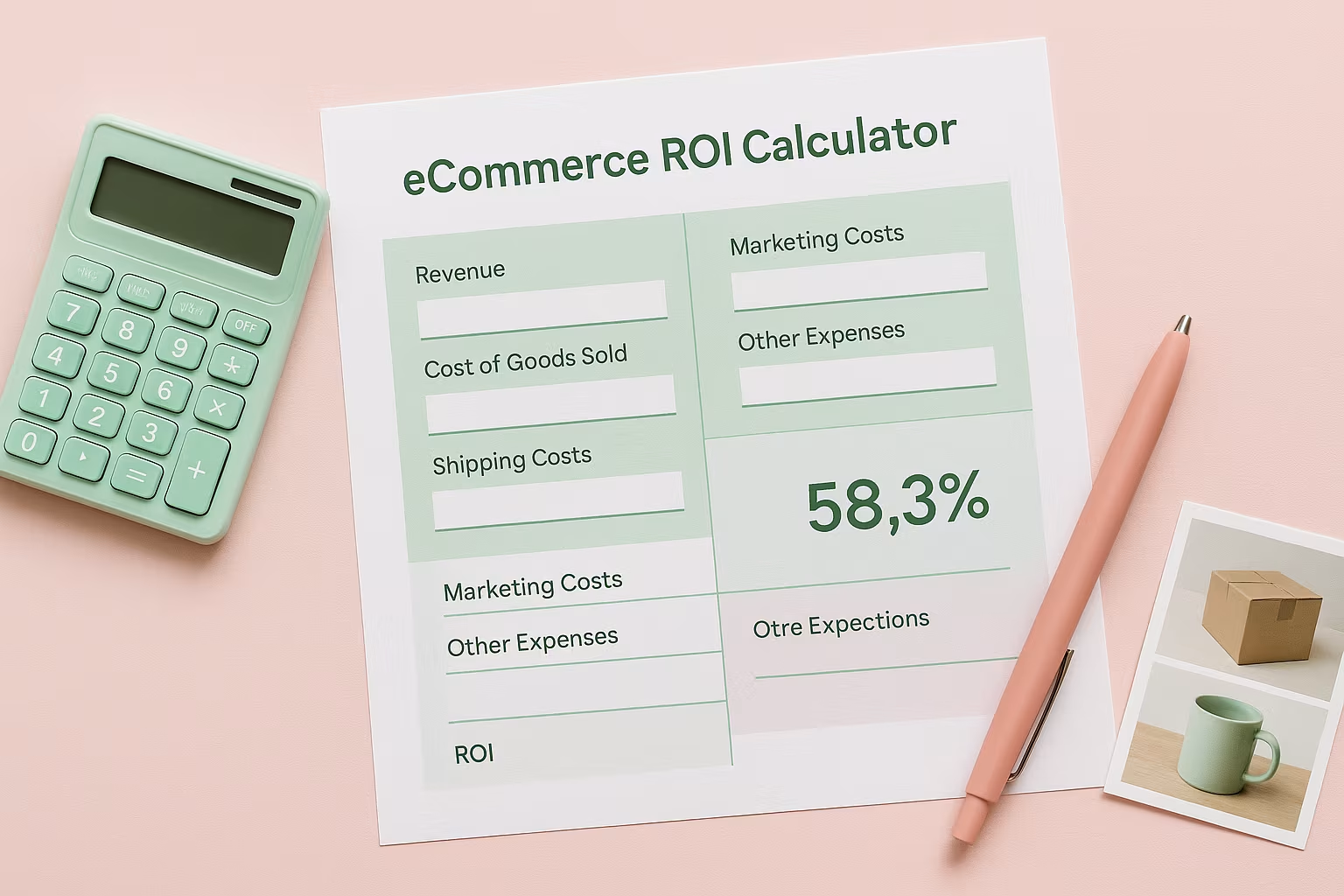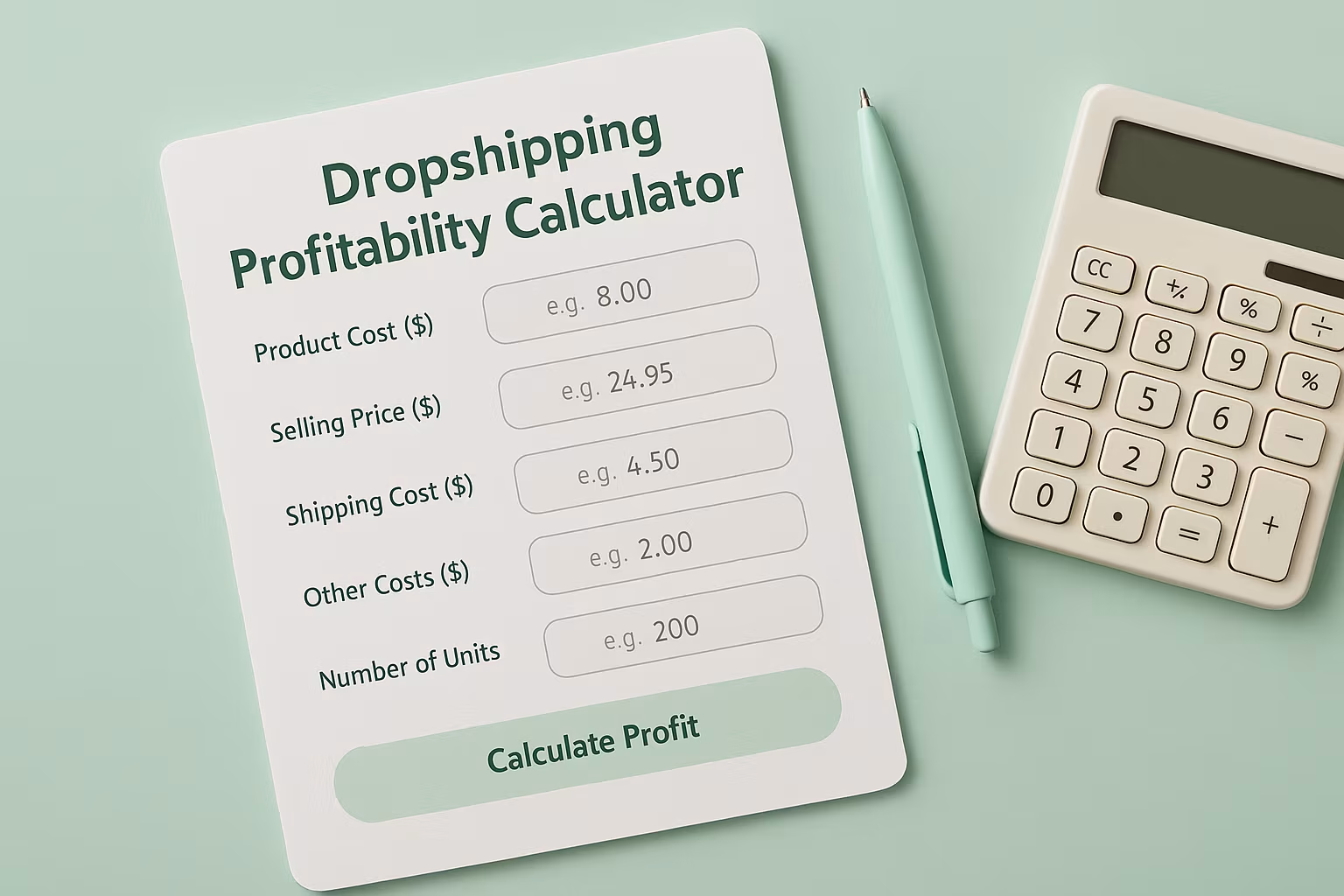
Understanding the target market for your pet products isn't just about knowing pet owners exist; it's about pinpointing exactly which pet owners will pay premium prices for what you're selling. With the global pet industry valued at $261 billion in 2024 and projected to surpass $350 billion by 2027, strategic market targeting has never been more critical.
If you’re wondering what the target market for your pet products is, it starts with data-backed segmentation.
From millennial pet parents to luxury-focused dog owners, identifying your ideal buyer helps drive product development, pricing, and marketing strategy, setting your brand apart in a crowded market.
Pet Owner Demographics and Spending Patterns You Need to Know for Your Target Market
“Pet owners” isn’t a target; it’s a crowd. If you want to stand out in a $261B market, you need to know which pet parents are willing to spend, and what they’ll actually buy. This matrix breaks down the personas that matter most and how to win them.
Age breakdowns reveal surprising nuances. While millennials dominate overall pet spending, Gen X pet owners (ages 44-59) show the highest lifetime customer value for premium products. They purchase less frequently but buy higher-ticket items and remain loyal to brands longer.
Income segmentation works differently in pet products than in other industries. The $75,000-$125,000 household income range represents the sweet spot, high enough for discretionary spending but not so high that price becomes irrelevant. Key income-based patterns include:
- Ultra-high earners often delegate pet care decisions to staff
- Middle-income households show the highest price sensitivity to premium products
- Lower-income segments focus on essential, practical products
- Discretionary spending on pets increases significantly above $50,000 in household income
Education levels correlate strongly with product types purchased. College-educated pet owners gravitate toward science-backed nutrition and training products, while practical, results-focused messaging resonates better with non-college segments.
Gender patterns show distinct purchasing behaviors. Women initiate 78% of pet product research and purchases, but men influence higher-value decisions like veterinary care and equipment. Effective marketing strategies consider:
- Women respond better to emotional, relationship-focused messaging
- Men prefer technical specifications and problem-solving benefits
- Joint purchase decisions increase for products over $100
- Social media targeting should account for gender-specific platform preferences

Geographic and Lifestyle Patterns
Apartment dwellers drive demand for space-efficient products, noise-reducing solutions, and indoor entertainment options.
House-with-yard owners focus more on outdoor gear, larger toys, and security products. Urban pet owners spend 25% more annually, but concentrate their purchases in specific categories.
Climate impacts purchasing patterns more than most realize. Hot weather regions see higher demand for cooling products, paw protection, and indoor activities. Cold climates drive sales of warming products, joint supplements for older pets, and seasonal gear.
Lifestyle alignment creates the strongest customer connections. Active pet owners who hike, run, or travel seek products that integrate pets into their existing activities. Homebody pet owners prioritize comfort, entertainment, and bonding products for indoor use.
Customer Behavior and Purchase Psychology
Values-based segmentation often predicts purchasing behavior better than demographics alone. Sustainability-minded pet owners actively seek eco-friendly packaging, ethically sourced ingredients, and companies with environmental commitments. This segment pays premium prices but demands transparency about business practices.

Technology adoption creates distinct customer segments:
- Early adopters embrace smart collars, app-connected feeders, and IoT monitoring systems
- Technology-hesitant segments prefer simple, reliable products with clear benefits
- Mobile-first shoppers expect seamless smartphone purchasing experiences
- Traditional buyers still prefer phone orders and detailed product catalogs
Social media behavior reveals precise targeting opportunities. Instagram-active pet owners respond to visual product demonstrations and user-generated content campaigns.
Facebook users engage more with educational content and community discussions. TikTok pet owners favor entertaining, trend-based product introductions.
Spending Behavior Patterns
Purchase timing follows predictable patterns. New pet adoption spikes in spring and fall correlate with increased spending windows. Holiday seasons drive gift purchases, while January sees increases in health and training product sales as owners set resolutions.
Brand loyalty in pet products runs deeper than most industries. Once pet owners find products that work for their specific pets, switching rates drop significantly. First-purchase experiences heavily influence long-term customer value, making initial product quality crucial.
Price sensitivity varies by product category and pet age. Owners of younger pets show more price flexibility, while senior pet owners often become less price-sensitive as they prioritize comfort and health over cost savings.
Behavioral Triggers That Drive Purchases
Seasonal behavior changes create predictable sales opportunities. Summer travel preparations drive portable product sales.
Winter weather triggers comfort and health product purchases. Back-to-school timing affects pet routine products as families adjust schedules.
Life stage transitions represent high-conversion moments. Puppies and kittens require complete product ecosystems. Senior pets need specialized care products. These transitions create natural upsell opportunities for businesses that track customer pet ages.
Problem-solving urgency bypasses normal price considerations. When pets develop health issues, behavioral problems, or safety concerns, owners purchase solutions immediately, regardless of typical buying patterns. Having products positioned for these emergency needs captures high-value sales.
Digital Behavior and Research Patterns
Modern pet owners conduct extensive online research before purchasing. They read reviews, compare ingredients, and seek veterinarian recommendations. The research phase often lasts weeks for significant purchases, requiring nurture sequences rather than immediate sales approaches.
Mobile shopping dominates pet product purchases, with 65% of transactions occurring on smartphones. Quick, mobile-optimized checkout processes significantly impact conversion rates. Lengthy forms or complicated payment systems drive abandonment.
Social proof influences pet product decisions more than traditional advertising. User-generated content, before/after photos, and peer recommendations carry more weight than company marketing messages. Building systems to capture and showcase customer success stories becomes essential.

Exclusive Insight: Maximizing Value through Lifecycle Segmentation
Segmenting customers by their pets’ life stages unlocks powerful sales growth. A buyer of puppy training supplies will soon need different products than someone caring for a senior pet. This lifecycle-focused approach drives 40% higher customer lifetime value compared to generic follow-ups.
Implementing this requires detailed customer data management but yields richer, personalized marketing campaigns. Brands that master lifecycle segmentation can deliver targeted solutions that adapt as pets age, creating lasting loyalty and higher revenues.
Turning Market Knowledge Into Sales Action
Understanding target markets is only valuable when paired with systems that act on insights. Successful pet product brands create customer personas focused on specific pet needs, then build marketing funnels tailored to each persona’s concerns and motivations.
The pet industry favors businesses that blend emotional connection with practical solutions. Owners want products that improve their pets’ lives and fit their routines. Targeted messaging that speaks directly to distinct customer segments outperforms generic “great for all pets” claims and commands premium pricing.
Start by mastering one clearly defined segment before expanding. The most profitable pet brands serve narrow niches exceptionally well before broadening their reach.
FAQ
Related blogs

Break-Even ROAS Calculator: Find Out What You Can Afford to Spend on Ads

Ecommerce ROI Calculator: Scale Your Store

Customer Lifetime Value Calculator: Unlock Your E-commerce Revenue Potential


